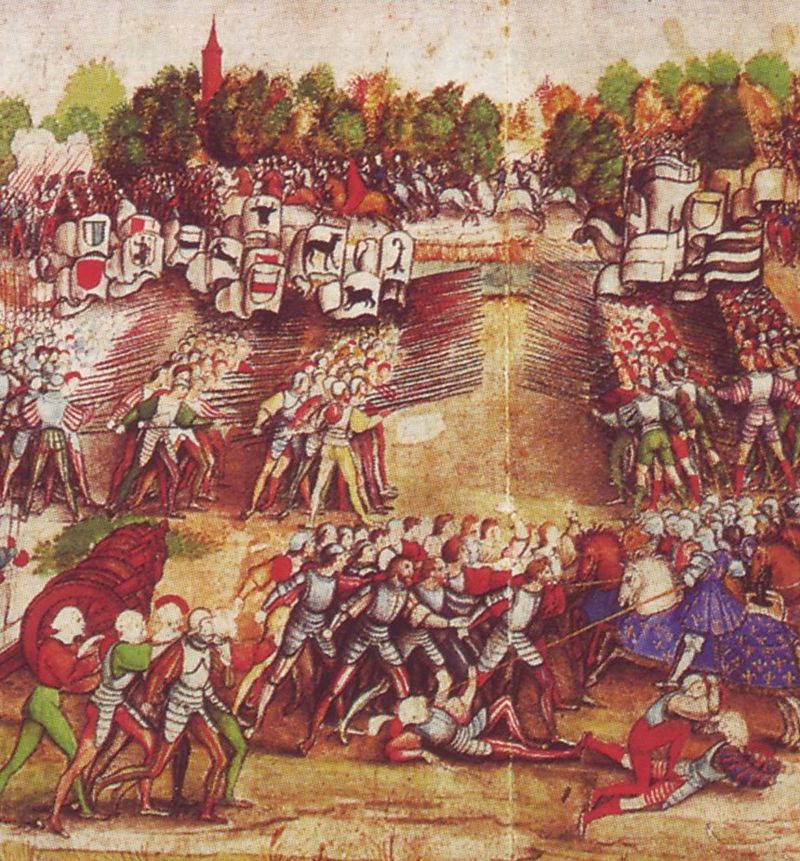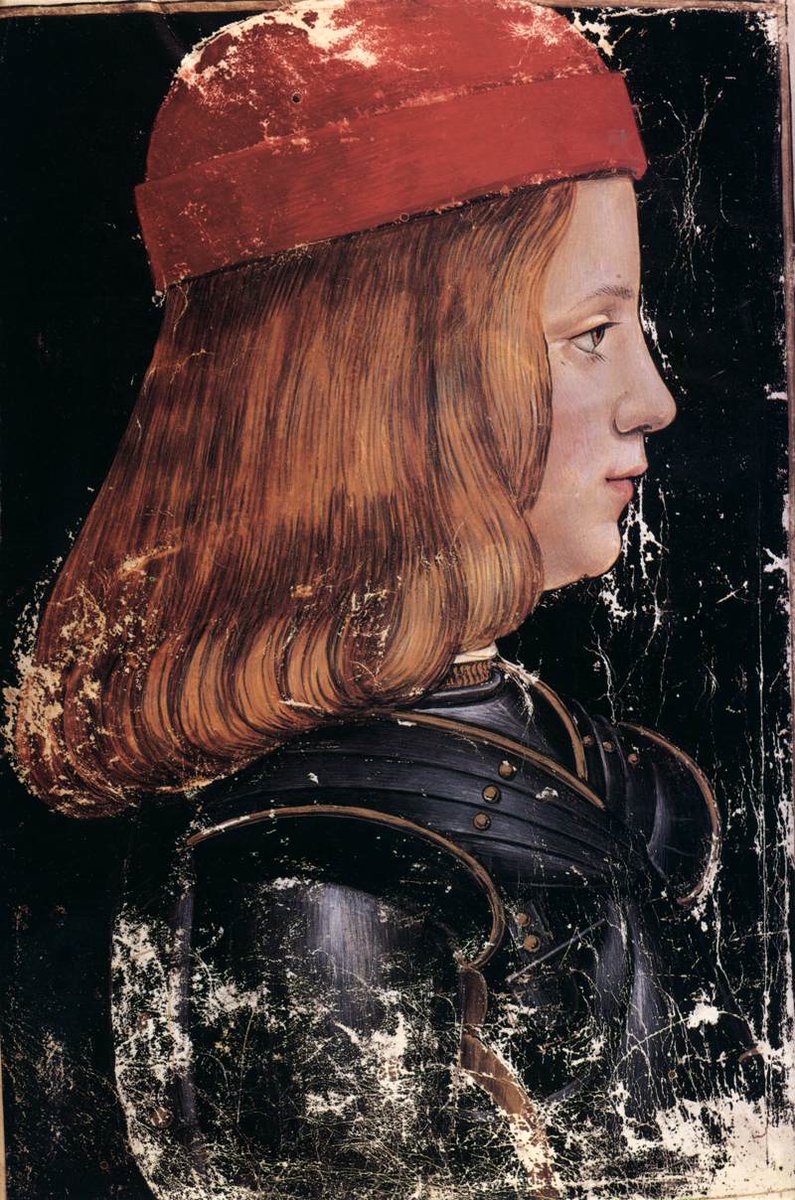
Today is the anniversary of the glorious battle of Las Navas de Tolosa fought on 16 July 1212, the most famous and crucial battle of the Spanish Reconquista! The joined crusader force of Christian knights defeated the mighty Mohammedan army of the Almohad Caliphate! Deus vult! 
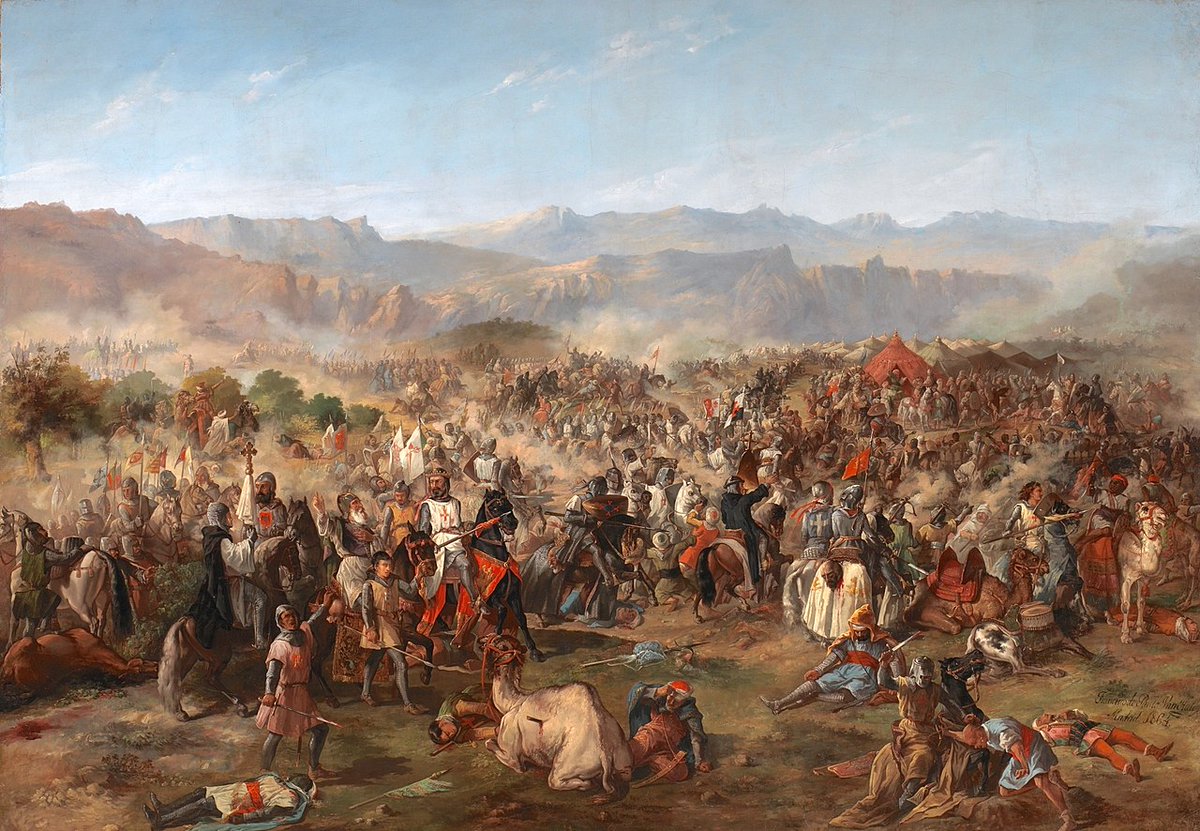
The reason why this battle was so crucial was that it followed a string of successes of the Almohads, the mighty Caliphate that replaced the former Moroccan Almoravid dynasty by 1147 and imposed a much more strict form of Islam, treating other religions worse than past rulers. 



The Almohads secured an important victory over the Christian forces of Castille in 1195 in the battle of Alarcos after which they captured a lot of Castillian cities and castles. The Mohammedans were on the offensive and Spain and entire Christendom was alarmed by their advance. 



By that time, the reconquista had already been going on for centuries. Both sides had their successes and failures, and there was also a lot infighting on both sides. The Christian Spanish were divided among kingdoms of Castille, Leon, Navarre, Aragon and Portugal. 







The battle of Las Navas de Tolosa was significant because it united the Spanish Christians and mobilized knights from all over Europe as the Pope Innocent declares a crusade as in 1211 the news spread that the mighty Caliph al-Nasir crossed the strait of Gibraltar with his army. 

The same year, al-Nasir conquered the castle of Salvatierra which was also the seat of the Spanish religious order of warrior knights, Order of Calatrava. Unopposed and with Castilian king Alfonso VIII not reacting, the caliph was further emboldened and full of confidence! 

Meanwhile people all over Western Europe warned of the vast strength of the Mohammedan army that was set not just to conquer Spain but entire Europe! French troubadour Gavaudan urged to fight, "Firm in the faith, let us not abandon our heritage to the black dogs from oversea." 


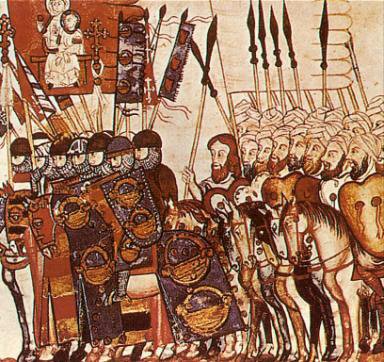
Pope Innocent III declared a crusade "against the enemies of the cross of the Lord who not only aspire to the destruction of the Spains, but also threaten to vent their rage on Christ's faithful in other lands and, if they can, which God forbid, oppress the Christian name." 



The Pope's call was meant for the rulers of Spanish kingdoms to unite and to leave their disputes behind for this clash with Caliph's army. Alfonso VIII of Castile, Sancho VII of Navarre and Pedro II of Aragon answered the call and led their kingdoms to battle! 





Many crusaders from elsewhere also answered the call for crusade. They came from France, Portugal, Leon and Occitane. The military orders of Santiago, Calatrava, Templars and Hospitallers were also present. Most of the forces were local Spanish knights and soldiers though. 







Caliph al-Nasir had with him infantry and archers from Morocco and al-Andalus, combined with light cavalry of Berbers and Arabs. Al-Nasir stationed his forces in the Sierra Morena mountains to take away the advantage of the Christian knights, and had the mountain passes guarded. 

The Christian army, however, was able to cross the Puerto del Muradal guided by a mysterious shepherd, enabling that the two armies would face each other on in a pitched battle at Las Navas de Tolosa in an epic encounter that would go down in history as one of crucial battles! 

The Christians divided their forces into three groups, with the bulk of the forces being in the center led by Alfonso VIII of Castile, including the military orders. Sancho VII of Navarre's troops were on the right wing and Pedro II of Aragon with his forces on the left. 

The Almohads put the infantry in the center and their light cavalry on the flanks. The battle started with the Mohammedan cavalry attacked the Spanish infantry on the flanks with a lot of initial success, but got counter-attacked by knights hard and pushed back. 



Next the Christian infantry in the center attacked the Almohad infantry and chased the skirmisher units away, but then got into a fierce melee with the Mohammedan infantry and got pushed back. Alfonso VIII had to personally come to help to hold his army from breaking. 



It was a very close battle that could go either way at that point with the large Almohad infantry fighting firm against the Christian infantry in the center while the Spanish knights were busy and scattered on both flanks. At this point, Sancho VII took things in his hands! 
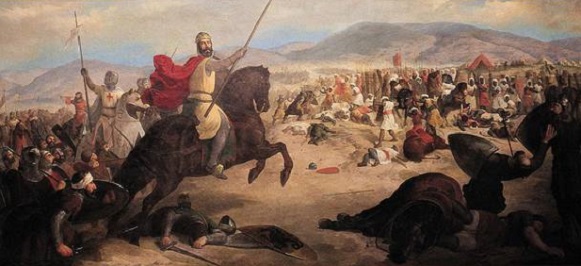
The Navarrese king Sancho VII, also called the Strong, decided to charge the elite bodyguard of the Caliph that was guarding his tent behind where the two infantry lines were engaging. Sancho's charging knights cut the chains guarding the tent and forced the caliph to flee! 


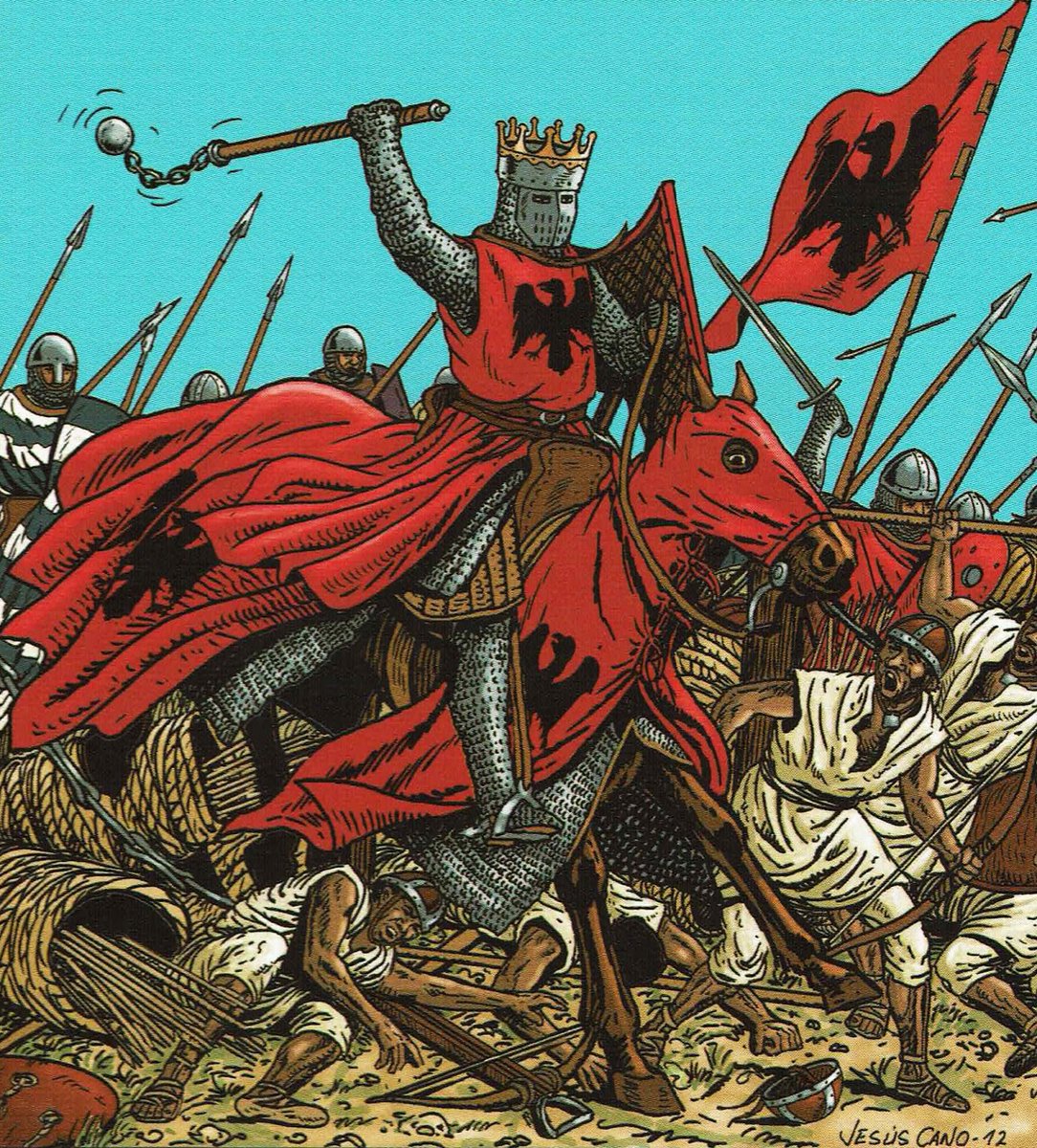
With their leader fleeing, the rest of the Almohad army lost morale and broke apart as well. Many of them died as they were cut down by the victorious crusader knights! The Christian sources give a clearly exaggerated account of 100000 dead, but the number must have been high. 

Even though this battle didn't lead to any big immediate territorial changes, it had a huge long term effect as the Mohammedans never went on offensive again and the once mighty Moors went on a decline. On the other side, the support for reconquista was boosted. 

The power of the Almohads was weakened and the Caliph al-Nasir himself died a year later. Meanwhile Alfonso VIII entered Toledo in triumph as and thanked God for victory. Not long after the shameful defeat at Alarcos, Castile's power was restored! ¡Santiago y cierra, España! 



• • •
Missing some Tweet in this thread? You can try to
force a refresh


